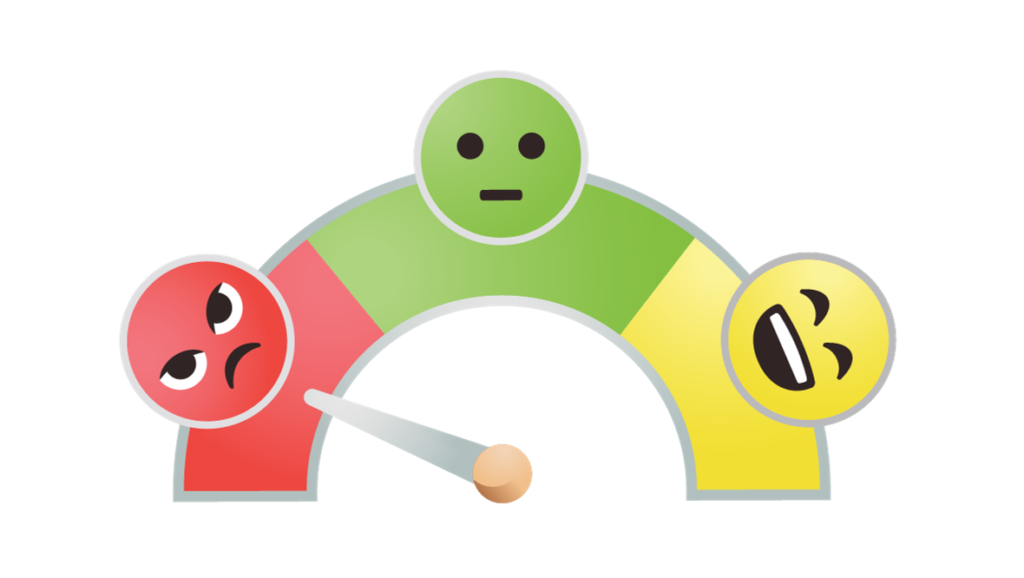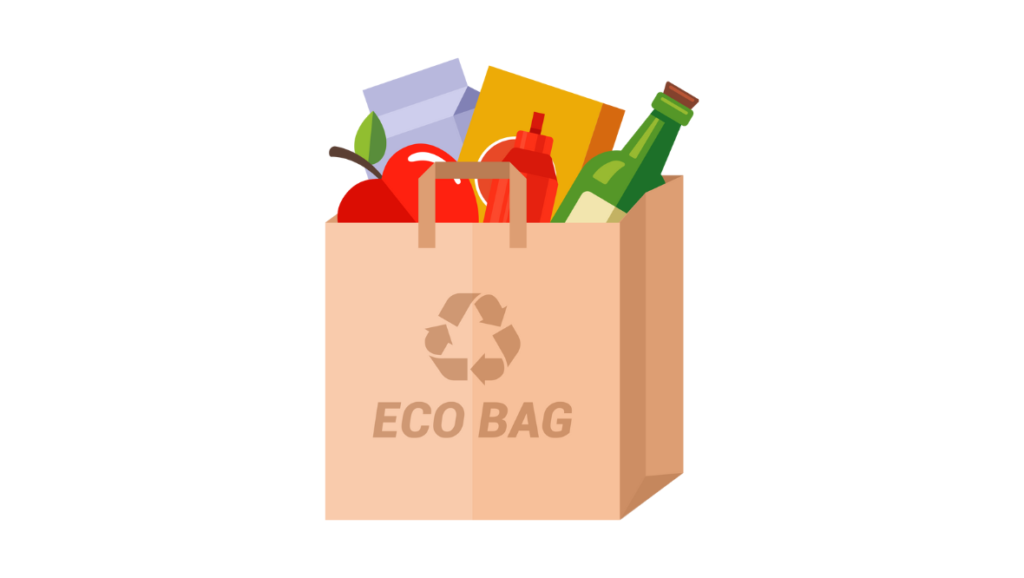7 Negative Effects Greenwashing Has on Consumers

Explore the harmful effects of greenwashing on consumers, from wasted money to risk to health and safety to lost trust, and discover how to protect yourself from such claims.
Greenwashing is more than just a deceptive marketing practice, wherein businesses make misleading or false claims about the environmental benefits of their products or services. While it has an overarching negative effect on stakeholders across the board, it ends up hitting consumers the hardest.
Greenwashing negatively affects consumers financially by making them pay more for greenwashed products and physically by lying or hiding information regarding harmful chemicals or materials contents of their products. In addition, it erodes trust and has various other subsequent negative effects.
In this article, we discuss 7 key negative effects of greenwashing on consumers. We will also provide tips on how to identify and avoid greenwashing.
By understanding the negative effects of greenwashing, consumers can make more informed choices about the products and services they buy. They can also support businesses that are truly committed to sustainability.
- 1. Misleading Consumers
- 2. Affecting the Health and Safety of Consumers
- 3. Violation of Consumer Trust
- 4. Affecting Consumer Choices
- 5. Causing Disillusionment among Consumers
- 6. Distorting Consumers’ Understanding of Sustainability
- 7. Hindering and Delaying Real Change
- Conclusion and How Businesses can Help
- Related Posts
1. Misleading Consumers
One of the most harmful effects of greenwashing is that it misleads consumers. Consumers may believe that they are making environmentally friendly choices when they are not. This can lead to consumers:
- paying more for greenwashed products,
- buying products that do not deliver on their environmental promises, or even
- making choices that are harmful to their health or safety.
A recent example of such greenwashing that misleads consumers is the UK’s Advertising Standards Authority (ASA) banning energy giant Shell from advertising some renewable energy commercials after it found that the company misled consumers about the environmental benefits of their products by leaving out important information about their less climate-friendly operations.
Another example of greenwashing that misleads consumers is the use of misleading labels and symbols. For example, some products may be labeled as “recycled” when they only contain a small amount of recycled content. Other products may use symbols such as a green leaf or a tree to create the impression that they are environmentally friendly, when in fact they are not.
Consumers can protect themselves from greenwashing by being aware of the different tactics that companies use and by doing their research before they buy a product. Consumers should also look for independent third-party certifications, such as the Global Recycled Standard (GRS) or the Forest Stewardship Council (FSC) certification.
Here are some tips for consumers to avoid being misled by greenwashing:
- Be wary of vague or unsubstantiated claims. If a company claims that a product is “eco-friendly” or “sustainable,” look for specific evidence to support that claim in the provided information or ask them.
- Look for transparency. Companies that are truly committed to sustainability will be transparent about their environmental impact. Look for companies that publish sustainability reports or that have third-party environmental audits.
- Be skeptical of labels and symbols. Some companies use misleading labels and symbols to create the impression that their products are environmentally friendly. Do your research to make sure that the labels and symbols are meaningful and that the company is actually committed to sustainability.

2. Affecting the Health and Safety of Consumers
Greenwashing can also have a negative impact on the health and safety of consumers. For example, greenwashed products may contain harmful chemicals or materials. Additionally, greenwashed products may not be as durable as they claim, which could lead to safety risks.
In these cases, greenwashing does not constitute just outright lying but also hiding information: by either not disclosing it at all, burying it deep in a heap of data, or renaming problematic substances.
An example of greenwashing that affected the health and safety of consumers is the use of the term “natural.” Many consumers believe that natural products are safer than synthetic products. However, some companies have been accused of greenwashing by labeling products as “natural” when they actually contain harmful chemicals.
For example, in 2021, a study by the Environmental Working Group found that many personal care products labeled as “natural” contained harmful chemicals such as phthalates and parabens. The study also found that some companies were using misleading marketing claims to promote their natural personal care products. For example, some companies claimed that their products were “non-toxic” or “safe for sensitive skin,” even though they contained harmful chemicals.
Here are some tips on how to protect yourself as a consumer against such claims.
- Beware of products that make claims about their health or safety benefits without providing any supporting evidence.
- Avoid products that contain known harmful chemicals, such as phthalates, parabens, and formaldehyde.
- Do your research before buying any product, and read reviews from other consumers.
- Report greenwashing to your local consumer protection agency, to help protect future consumers.

3. Violation of Consumer Trust
Greenwashing can be seen as a violation of consumer trust. When consumers believe that a product is environmentally friendly when it is not, they feel betrayed by the company that made the misleading claims. This can erode trust in the company and its products.
An example of greenwashing that violated consumer trust and made the news worldwide is the Volkswagen emissions scandal. In 2015, Volkswagen was caught cheating on emissions tests for its diesel vehicles. The company had installed software in its vehicles that allowed them to pass emissions tests in the lab, but emit excess emissions in real-world driving conditions.
Volkswagen’s greenwashing violated consumer trust in a number of ways. First, the company claimed that its diesel vehicles were clean and environmentally friendly, when in fact they were emitting excess pollution. Second, the company deliberately deceived its customers and regulators. Third, the company’s actions caused significant harm to the environment and public health.
The Volkswagen emissions scandal is just one example of how greenwashing can violate consumer trust. Other examples include:
- Companies that claim that their products are made with sustainable materials, when in fact they contain harmful chemicals or recycled materials from dubious sources.
- Companies that claim that their products are carbon neutral, when in fact they are not offsetting all of their carbon emissions.
- Companies that use misleading labels or symbols to create the impression that their products are environmentally friendly.
Greenwashing can have a number of negative consequences for businesses. When consumers lose trust in a company, they are less likely to buy its products or services.

4. Affecting Consumer Choices
Greenwashing can have a significant impact on consumer choices. When consumers are misled into believing that a product is environmentally friendly, they may be more likely to purchase that product, even if it is more expensive or of lower quality. This can lead to consumers making choices that are not in their best interests.
An example of greenwashing that affected consumer choices is the rise of “green” bottled water. In recent years, there has been a growing trend towards bottled water that is marketed as being “natural” and “eco-friendly.” However, bottled water is often produced in a way that is harmful to the environment. For example, the production of bottled water requires a significant amount of energy and water resources. Additionally, the transportation and disposal of plastic water bottles contribute to pollution.
Despite the environmental impact of bottled water, many consumers continue to purchase it because they believe that it is a healthier and more environmentally friendly choice than tap water. This is due in part to the greenwashing tactics used by bottled water companies. For example, bottled water companies often use images of nature on their packaging and make claims about the purity and sustainability of their products. However, there is no evidence that bottled water is any healthier or more environmentally friendly than tap water.
Greenwashing can also affect consumer choices in other ways. For example, consumers may be more likely to purchase a product that is labeled as “organic” or “fair trade,” even if they do not know what these terms mean or if the product is actually organic or fair trade. Greenwashing can also lead consumers to avoid products that are not labeled as “green,” even if those products are more environmentally friendly.
It is important for consumers to be aware of greenwashing so that they can make informed choices about the products they buy. Consumers can do this by researching the companies they buy from and by looking for independent third-party certifications. Consumers can also report greenwashing to their local consumer protection agency.

5. Causing Disillusionment among Consumers
Greenwashing can cause disillusionment among consumers. When consumers discover that they have been misled about the environmental impact of a product, they may feel betrayed by the company that made the misleading claims. This can erode trust in businesses and lead to consumers feeling cynical about their ability to make a difference through their purchasing decisions.
An example of greenwashing that caused disillusionment among consumers is the case of H&M. In 2013, H&M launched a “Conscious Collection” of clothing that was marketed as being sustainable and ethical. However, it was later revealed that H&M was using misleading claims about the environmental impact of the collection. For example, H&M claimed that the collection was made with “organic cotton” when in fact only a small percentage of the cotton used was organic.
Greenwashing can also cause disillusionment among consumers who are genuinely concerned about the environment. When consumers are constantly bombarded with misleading environmental claims, it can be difficult for them to know which products are truly sustainable. This can lead to consumers feeling discouraged and giving up on trying to make a difference.
It is important to note that not all greenwashing is intentional. Some companies may make misleading environmental claims without being fully aware of the facts. However, this does not excuse greenwashing. Companies have a responsibility to be honest and transparent about their environmental impact.
Consumers can help to reduce greenwashing by:
- being critical of the environmental claims that they see and by reporting greenwashing to their local consumer protection agency.
- supporting businesses that are truly committed to sustainability by looking for independent third-party certifications
- and doing their research before they buy a product.
By being aware of greenwashing and taking steps to protect themselves, consumers can help to create a more honest and transparent marketplace.

6. Distorting Consumers’ Understanding of Sustainability
When consumers are exposed to misleading claims about the environmental impact of products and services, they may develop a false understanding of what it means to be sustainable. This can make it difficult for consumers to make informed choices about the products they buy and the businesses they support.
For example the use of images of nature and symbols. Many companies use images of nature and symbols, such as green leaves and trees, on their packaging and in their marketing materials to create the impression that their products are environmentally friendly. However, these images and symbols can be misleading.
For example, a company that sells bottled water may use images of mountains and rivers on its packaging to create the impression that its product is natural and sustainable. However, the production of bottled water can be harmful to the environment, as it requires a significant amount of energy and water resources.
Consumers who are misled by companies’ use of images of nature and symbols may develop a false understanding of what it means to be sustainable. Consumers may believe that a product is environmentally friendly simply because it has an image of a tree or a green leaf on its packaging. This can lead to consumers making choices that are harmful to the environment.
Consumers can protect themselves from such greenwashing by being critical of the environmental claims that they see and looking beyond package marketing to see if the claims made actually hold any merit.

7. Hindering and Delaying Real Change
Greenwashing can hinder and delay real change by misleading consumers and making it difficult for them to make informed choices about the products they buy and the businesses they support. This can make it difficult for sustainable businesses to succeed and can delay the transition to a more sustainable economy.
Additionally, greenwashing can make it difficult for consumers to understand the real environmental impact of their choices. When consumers are presented with a barrage of misleading environmental claims, it can be difficult for them to know which products are truly sustainable and which ones are not. This leads to consumers making choices that are harmful to the environment, such as choosing products that are made with unsustainable materials.
Finally, greenwashing can undermine public trust in businesses and in the environmental movement as a whole. When consumers discover that they have been misled about the environmental impact of a product, they may lose trust in the company that made the misleading claims. This can also lead to consumers becoming more cynical about the environmental movement as a whole.
Conclusion and How Businesses can Help
It is important to note that greenwashing is not just a problem for consumers. It is also a problem for businesses that are truly committed to sustainability. Sustainable businesses are often at a competitive disadvantage when they are competing against businesses that are greenwashing. This is because consumers may be more likely to choose a product that is marketed as being environmentally friendly, even if it is not actually sustainable.
Businesses can also help to reduce greenwashing by being honest and transparent about their environmental impact. They should avoid making misleading claims about their products or services and be willing to share information about their environmental performance and to be held accountable for their environmental claims.
By working together, consumers, businesses, and policymakers can help to create a more honest and transparent marketplace. This will help to ensure that consumers are able to make informed choices about the products they buy and the businesses they support. It will also help to create a more sustainable economy.


